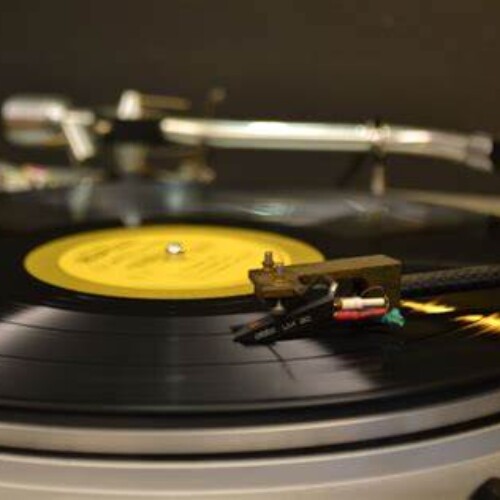By Kitty
Last time I discussed DJing as Art on this blog, I was looking at the criteria for designating a work as “art”. Here is that list, again:
The criteria used to judge art can vary depending on the selection process, but may include: ● Technical merit: How well the artist has mastered their medium
● Originality: Whether the work is new, cutting edge, or an advancement in its field
● Composition: The quality of the design and artistic composition based on the theme
● Color: Whether the color works well with the other design elements
● Clarity: How clear the theme is to the viewer and how well it’s interpreted
● Proportion: Whether the dimensions of the artwork are true to form and accurately reflect what they’re meant to represent
● Emotional impact: Whether the art is able to evoke an emotion
This time around, I’d like to look at the concept of originality, and whether the work is new, cutting edge, or an advancement in its field.
Who are the influencers and why do we consider them cutting edge? The art continues to evolve not just through technology, but through the ears and fingers of the spinners.
Let’s take a look closer to current time, way after the 1930s when the term “disc jockey” was coined by American journalist and radio commentator Walter Winchell. www.thedjrevolution.com explains:
Hip Hop pioneers like DJ Kool Herc and Grandmaster Flash introduced turntablism, a technique involving manipulating records to create new effects. DJ Kool Herc, credited as the founder of Hip Hop DJing and the creator of the first Hip Hop song, extended the breaks of his records and added vocal interjections, creating a unique sound that shaped the genre and contributed to the development of Hip Hop culture.
Grandmaster Flash, innovated three incredible techniques that are still considered standard DJing practices today. Techniques like slip-cuing, beatmatching, and scratching further solidified the influence of turntablism in Hip Hop and beyond.
Besides the ongoing changes heard from turntable DJs, the technology continues to change.
DJs in New York City, such as Kool Herc, and Afrika Bambaataa, were already experimenting with manipulating records to create new sounds and beats. Still, it was the introduction of the Technics SL1600 and SL1200 turntables that revolutionized turntablism.
These turntables were reliable and precise, allowing DJs to push the boundaries of what was possible and create a new genre of music. The SL1200 turntable, in particular, became a favorite among hip hop DJs because of its ability to play records at a consistent speed, crucial for beat matching.
DJs could now layer beats on top of each other, create new sounds, and even scratch records, all with precision and ease.
The introduction of these turntables had a significant influence on hip hop, with famous DJs, rappers, and record labels like Run-DMC, Jay-Z, Def Jam Recordings, and Roc-A-Fella Records using them regularly. The beats created by these turntables formed the foundation of hip hop, making them an essential tool in the genre’s history.
The art of turntablism continues to evolve, and DJs like Qbert and Mix Master Mike are pushing the boundaries of what is possible with these powerful tools. They have taken the art of scratching and beat matching to new heights, incorporating new techniques and technology to create entirely new sounds.
DJ artistry stays cutting edge and DJs must be original because dancefloor mavens demand it; also, because innovations in the recording industry continually serve up new slices and beats for DJs to manipulate and spin as they wish. It’s art.
https://www.wdiy.org/arts/2019-02-11/where-did-the-term-dj-come-from
The Evolution of Turntables: From Simple Record Players to Modern DJ Equipment (audioambition.com)
